Introduction
Steamed buns, or “mantou” as they are known in Chinese cuisine, are a staple food enjoyed across Asia for their soft texture and versatility. Whether served plain as a side dish or stuffed with various fillings, these buns are a testament to the art of fermentation and dough handling. Achieving the perfect fluffy texture can be challenging, but with the right techniques and understanding of the dough-making process, anyone can create mantou that are light, airy, and delightfully soft. This article delves into the intricacies of how to knead dough for steamed buns, emphasizing the steps and principles that ensure your final product is as fluffy as possible.
Understanding Dough Composition
Before diving into the kneading process, it’s crucial to understand the basic components of dough and their roles in creating fluffy mantou. Dough primarily consists of flour, water, yeast, and sometimes a small amount of sugar and salt.
- Flour: Provides the structure. Different types of flour (e.g., all-purpose, bread flour) have varying protein contents, affecting gluten formation, which is essential for dough elasticity.
- Water: Acts as a binder, allowing the flour particles to stick together and form gluten strands. The amount of water affects dough consistency and final texture.
- Yeast: A living organism that ferments the sugars in the dough, producing carbon dioxide gas. This gas creates bubbles within the dough, expanding it and giving it a light, airy structure.
- Sugar and Salt: Sugar feeds the yeast, promoting faster fermentation, while salt regulates the yeast activity and enhances flavor.
Selecting the Right Ingredients
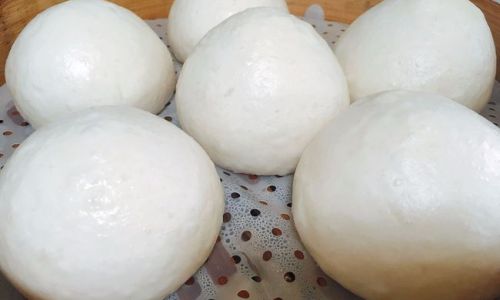
- Flour Choice: For mantou, bread flour or a high-protein flour is preferable due to its ability to form strong gluten networks, which trap more air bubbles during fermentation and steaming.
- Water Temperature: Using lukewarm water (around 110°F or 45°C) is ideal because it activates yeast without killing it. Cold water slows down fermentation, while hot water can kill the yeast.
- Instant or Active Dry Yeast: Both types work well, but instant yeast requires no proofing and can be mixed directly into the dry ingredients, simplifying the process.
- Sugar and Salt: A pinch of sugar (about 1 teaspoon per cup of flour) and a half teaspoon of salt per batch balance the dough’s fermentation rate and flavor.
Step-by-Step Dough Kneading Process
-
Mixing Ingredients:
- In a large mixing bowl, combine the flour, sugar, and salt.
- Create a well in the center and pour in the lukewarm water and yeast mixture.
- Use a wooden spoon or dough hook attachment on a stand mixer to mix until a shaggy dough forms.
-
Initial Kneading:
- Transfer the dough to a lightly floured surface.
- Begin kneading by pushing the dough away from you with the heel of your hand and then folding it back over itself.
- Repeat this motion for about 8-10 minutes, or until the dough becomes smooth, elastic, and slightly tacky but not sticky.
-
First Fermentation:
- Place the kneaded dough in a lightly oiled bowl, cover with a damp cloth or plastic wrap, and let it rise in a warm, draft-free place.
- Allow the dough to double in size, which can take anywhere from 1 to 2 hours depending on room temperature and yeast activity.
-
Shaping and Second Fermentation:
- Once the dough has risen, punch it down to release any trapped gases.
- Divide the dough into equal portions (typically around 2-3 ounces each for standard-sized mantou).
- Shape each portion into a smooth ball by cupping your hands around the dough and rotating it while gently pressing down.
- Place the shaped dough balls on a parchment-lined tray, spacing them apart to allow for expansion.
- Cover with a damp cloth and let them rise again until they have puffed up slightly, about 30-45 minutes.
-
Steaming the Mantou:
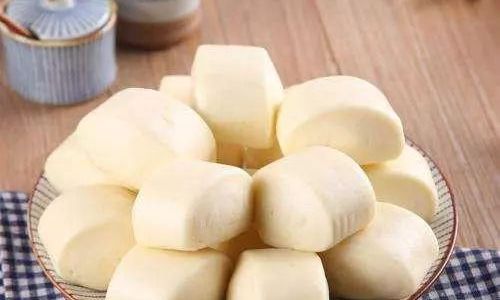
- Fill a steamer with water and bring it to a boil over high heat.
- Carefully place the risen dough balls in the steamer basket, ensuring they are not overcrowded.
- Reduce the heat to medium-high to maintain a steady steam and cover the steamer.
- Steam for about 12-15 minutes, or until the mantou are cooked through and have a slight bounce when touched.
-
Cooling and Serving:
- Remove the steamed mantou from the steamer and let them cool slightly on a wire rack to prevent condensation from making them soggy.
- Serve warm or at room temperature, plain or with your favorite fillings.
Troubleshooting Common Issues
- Dense Texture: This can be due to insufficient kneading, which prevents gluten development, or under-fermentation. Ensure you knead until the dough is smooth and elastic and allow for adequate rising times.
- Sticky Dough: Too much water can make the dough sticky. Adjust the water content next time or add a bit more flour during kneading.
- Collapsed Mantou: Over-proofing (letting the dough rise too long) can cause the mantou to collapse during steaming. Be mindful of the second fermentation stage and do not over-rise.
- Uneven Cooking: Ensure the steam is even and avoid overcrowding the steamer basket to allow for proper circulation.
Conclusion
Making fluffy steamed buns requires patience, attention to detail, and a good understanding of dough behavior. By carefully selecting your ingredients, meticulously kneading the dough, and managing the fermentation process, you can achieve mantou that are as light and airy as those found in the best Asian bakeries. Remember, practice makes perfect, and each batch you make will bring you closer to mastering this ancient culinary art. So, roll up your sleeves, get your hands dirty, and enjoy the satisfying journey of creating your own fluffy steamed buns at home. Happy baking!
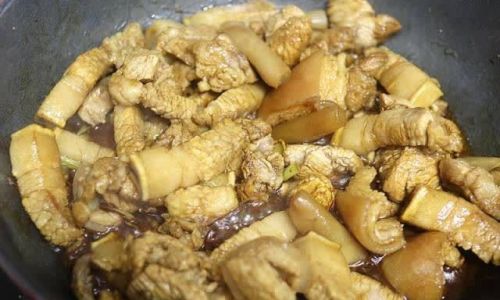
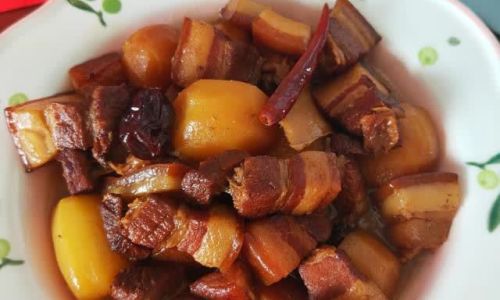
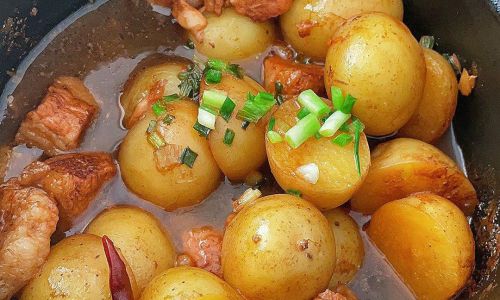

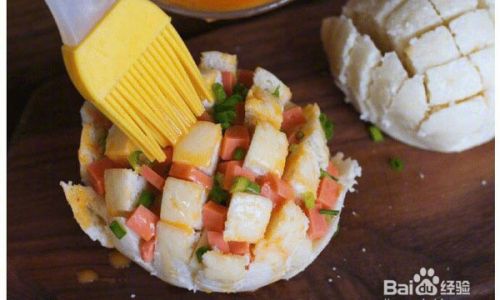
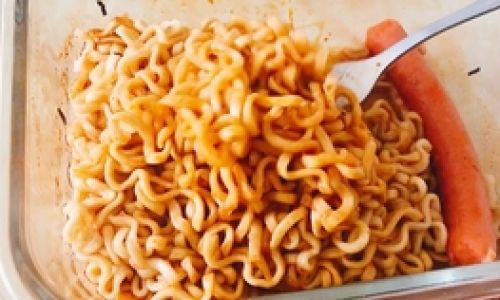
0 comments